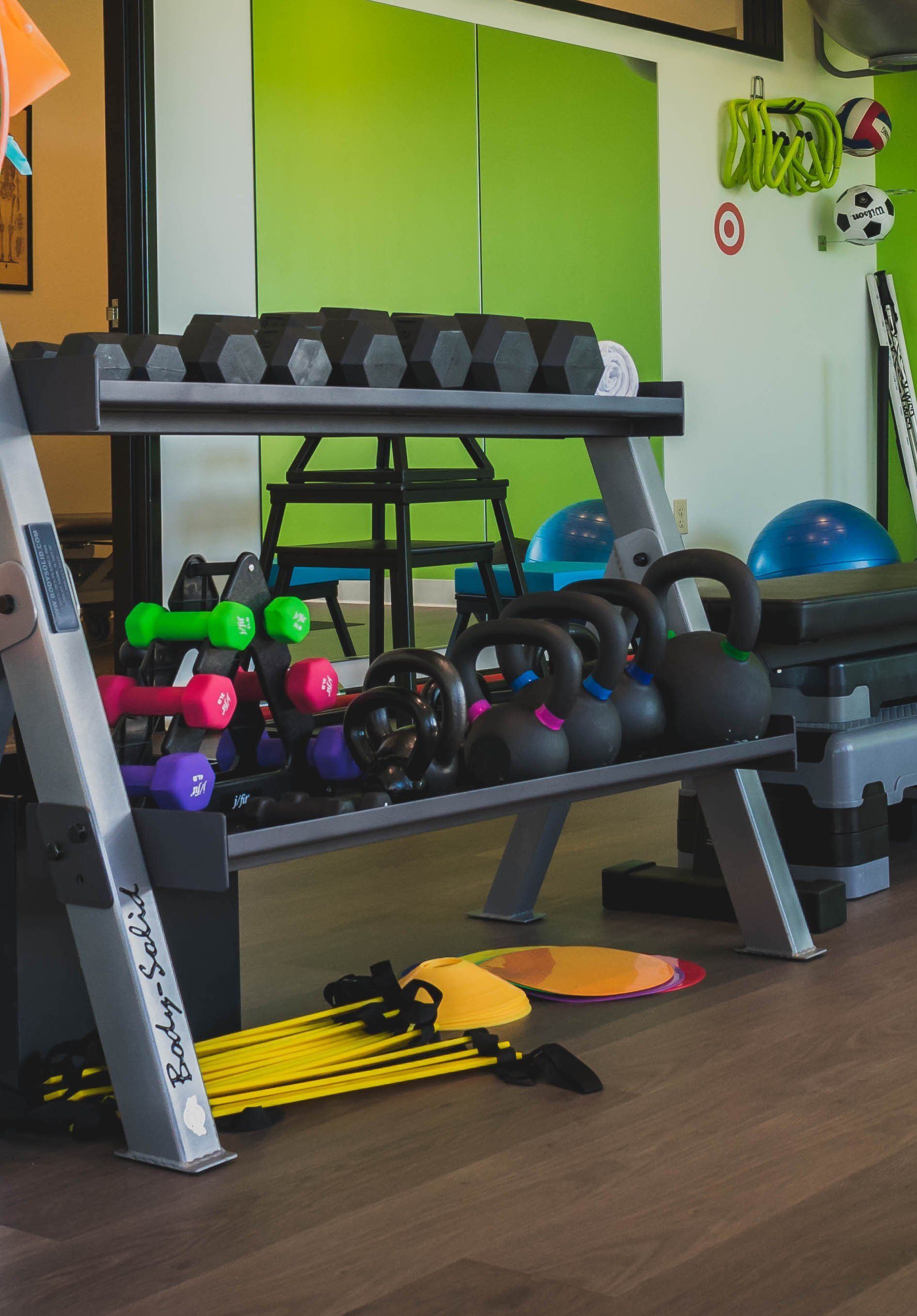Concussion Treatment
Concussion:
How To Tackle Concussions
From professional football to pee wee hockey, there is probably no other health concern in athletics that has exploded on a national level like concussions. The American Journal of Sports Medicine says up to 300,000 high school athletes will experience a concussion this year. We want to take a moment to explain what concussions are, how they are diagnosed, and what role physical therapy can play in recovery.
How To Define Concussions
A concussion is defined as “a brain injury and a complex pathophysiological process affecting the brain, induced by biomechanical forces.” Several common features occur with a concussion to include an “impulsive” force transmitted to the head, rapid onset of neurological impairments, and may or may not involve loss of consciousness. It has been stated that 80-90% of concussions resolve in a 7-10 day period but may be prolonged in children or adolescents.
How To Diagnose Concussions
Diagnosing an acute concussion takes into account a wide range of clinical symptoms, cognitive impairment, neurobehavioral features, and sleep disturbances.
When an athlete is suspected of sustaining a concussion the immediate injuries are assessed using the emergency medical response and continued assessment is performed by a licensed health care provider or removed from the field if one is not present. This rapid medical assessment includes physical injury (i.e. fracture or lacerations), cranial nerve assessment, and assessment of balance. After the first aid issues are addressed the athlete is assessed for a concussive injury using the widely accepted multi-modal sideline assessment tool known the Sport Concussion Assessment Tool (SCAT 3) and (Child SCAT 3) or other sideline assessment tool. The SCAT 3 consists of memory tests, orientation tests, and balance testing. Rapid assessment on the field has its challenges and when a concussion is suspected erring on the side of caution is paramount. A concussion could include one or several clinical domains such as somatic (i.e. headaches), cognitive (i.e. feeling “in a fog”), or physical (i.e. loss of consciousness). Following the initial “on field” SCAT 3 performed by a licensed health care professional such as a Physical Therapist, neurologist, or the team physician, a series of SCAT 3’s are performed for several hours following the event in serial testing due to the known fact that concussion symptoms may evolve and deterioration of function can occur. Following the on-field assessment the athlete may be evaluated in the ER or doctors office with a thorough medical evaluation.
It has been shown that imaging studies such as a CT’s or MRI contribute very little to the diagnosis of concussion and are typically are normal but the determination for more accurate neuroimaging will be made by the physician to exclude structural abnormality resulting from a severe brain injury.
Return to Play After A Concussion
It was unanimously agreed upon that the athlete should not return to play on the day of concussion. The agreed upon protocol is treatment that includes physical and cognitive rest until the acute symptoms resolve. Following medical clearance, a progressive graded activity program is implemented with a stepwise return to play program (RTP). This RTP consists of functional exercise stages and corresponding objectives lasting approximately 24 hours each for a full rehabilitation program of 1 week. The athlete needs to remain asymptomatic at rest and with provocative exercise for each stage and if not, they are returned to the prior asymptomatic level of the RTP protocol. Stage 5 of 6 includes return to full-contact practice following medical clearance and stage 6 is return to play at normal “game speed”. The go ahead for RTP ultimately remains in “the realm of clinical judgment on a individual basis.”
How To Reduce Concussion Risks
According to the Consensus Statement on Concussion in Sport: there is “no significant valid evidence” that headgear in rugby, mouth guards in American football, and neck strength increases reduce concussion risk. There was evidence stated that eliminating body-checking in Pee Wee hockey and “fair-play” rules in ice hockey were effective injury prevention strategies. The greatest risk reduction cited by this study would be helmets that “reduce head-resultant linear acceleration and angular acceleration” below certain parameters, rule changes and their enforcement, and “sporting organizations should be encouraged to address violence.”
How Physical Therapy Helps With Concussions
The available evidence for the effects of rest and treatment following sports concussion is limited and further research is needed to evaluate length of rest, type of rest, and timing of low-level exercise. Physical Therapy can benefit the athlete with multimodal treatment for cervical spine and/or vestibular dysfunction and with supervision and guidance of a graded exercise program. Once an athlete has be medical cleared for RTP a Physical Therapist plays a vital and important role in development of a program to ensure adequate strength, flexibility, and joint mobility to help off-set injury risk factors brought upon by poor conditioning. Poor conditioning for instance, can place the athlete in a less than advantageous mechanical position as they compensate for physical limitations, detract from performing their sport at a high skill level, and thus leave them open and susceptible for injury. The science of concussion is evolving and this discussion was based upon the findings and agreement published in the “Consensus statement on concussion in sport: the 4th International Conference on Concussion in Sport” held in Zurich, November 2012.
1. McCroy P, Meeuwisse WH, Aubry M, et al. Br J Sports Med 2013;47:250-258.
